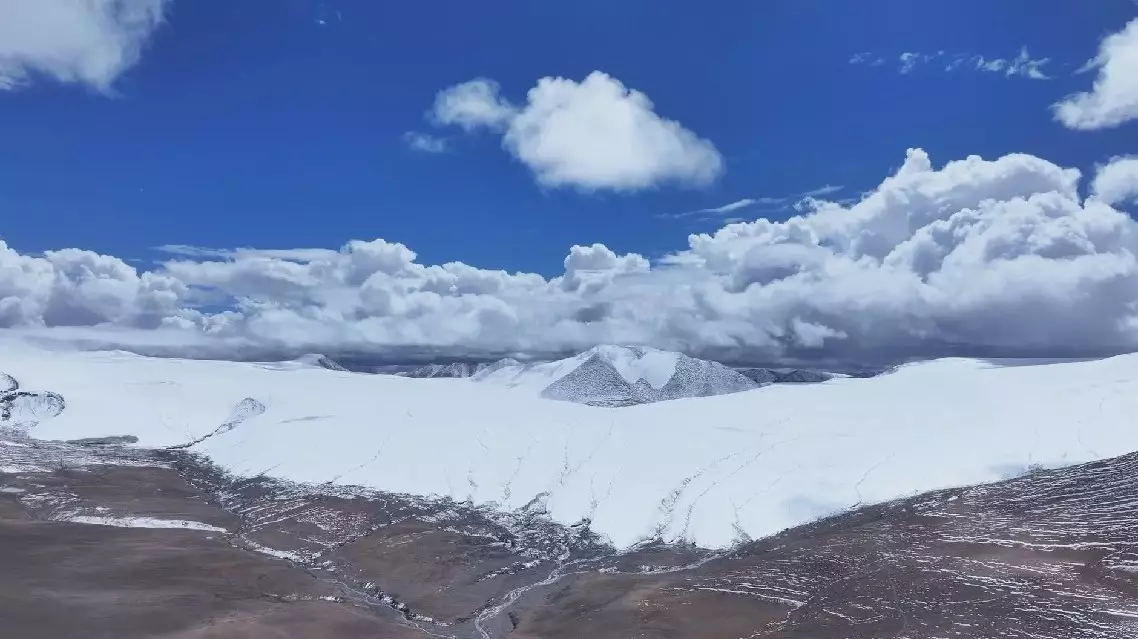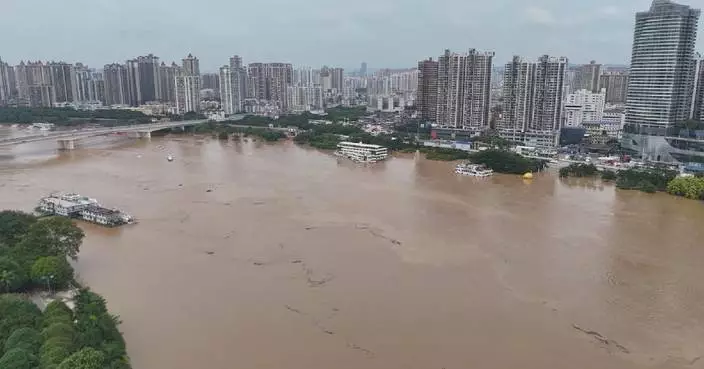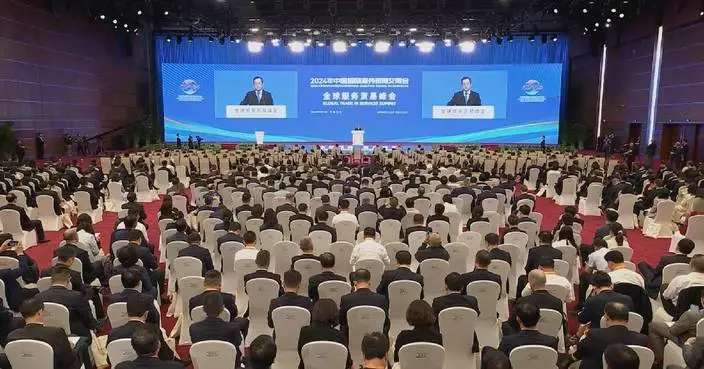Negotiations over a Gaza hostage and ceasefire deal have stalled, according to sources which indicated that the U.S. proposal falls far short of Israeli demands.
Unless the U.S. increases pressure on Israel, the upcoming round of ceasefire talks in the Egyptian capital Cairo will likely prove unproductive, according to the sources, as reported by Israeli media on Wednesday.
Hopes had been raised when U.S. Secretary of State Antony Blinken said after a meeting with Israeli Prime Minister Benjamin Netanyahu on Monday that Israel had accepted a new U.S.-backed proposal.
However, a report by Israeli newspaper Yedioth Ahronoth quoted unspecified sources which said Blinken had "made a grave mistake" by making these claims, suggesting that the deal was now in trouble.
Negotiators from Israel, the United States, Qatar and Egypt met in the Qatari capital Doha last Thursday for the latest round of talks on a ceasefire deal, though Hamas did not send representatives. The talks were later suspended but were set to resume this week.
Hamas issued a statement on Sunday criticizing mediators' proposals as a concession to Israel, claiming it only "caters to the demands of Israeli Prime Minister Netanyahu."

Gaza ceasefire talks stall following Blinken claims: sources

Gaza ceasefire talks stall following Blinken claims: sources

Gaza ceasefire talks stall following Blinken claims: sources

Gaza ceasefire talks stall following Blinken claims: sources
China's scientific expedition team on Thursday obtained critical ice cores during their investigation of the Qinghai-Xizang Plateau, which is known as Asia's "water tower".
The region encompasses "one glacier, two lakes and three rivers". It is home to Purog Kangri Glacier, the world's largest glacier in the mid to low-latitude regions, as well as Siling Lake and Namtso Lake, the largest and second-largest lakes in Xizang, respectively. It is also the birthplace of the Yangtze River, Nujiang River and Yarlung Zangbo River.
The climate in the region is complex and changeable, and its ecosystem is very fragile, and meanwhile it is a pivotal area for Xizang's economic and social development.
During their expedition, the team drilled for ice cores at different depths overnight on Thursday, aiming to capture climate records from different time scales.
Ice core drilling is typically conducted during the night and early morning when the ice temperature is sufficiently low.
Ice cores serve as vital records of global climate and environmental changes. The sediments and bubbles within these cores are clues to understanding the history of Earth's climate. By studying the bubbles captured in ice cores, scientists can analyze atmospheric composition, including carbon dioxide levels, over hundreds of thousands of years.
Yao Tandong, an academician at the Chinese Academy of Sciences (CAS) and leader of the expedition, and Lonnie Thompson, a renowned American glacier expert and foreign academician at CAS, conducted their scientific expedition on the glacier Thursday morning.
Through helicopter observations, thickness-measuring radar, satellite image comparison and other methods, the scientific expedition team has found that the surface area of the Purog Kangri Glacier has shrunk by 10 percent over the past 50 years.
The average altitude of Purog Kangri Glacier is 5,748 meters, with the highest point reaching 6,370 meters. Due to global warming, the glacier is melting rapidly.
"So does the melting of glacier surface -- the higher the altitudes, the less the ablation volume, while at lower altitudes, it accumulates and forms branch-like rivers on the ice surface. Currently, these branches extend up to altitudes of 6,000 meters," said Xu Baiqing, a research fellow of the Institute of Tibetan Plateau Research under the CAS.
Research indicates that the accelerated retreat of glaciers on the Qinghai-Xizang Plateau over the past 40 years reflects a broader trend, and the melting rate of the Purog Kangri Glacier is relatively slow compared to the overall situation of the plateau.
The temperature changes within the glacier also attributed to the great difficulty of drilling, said Xu.
"Due to climate warming, the temperature within the glacier has risen, which suggests that under the same backdrop of temperature variations, the ablation may show abrupt shift with accelerating growth," said Xu.
The expedition was launched on Aug 18, 2024 and is scheduled to continue until October.

Scientists obtain critical ice cores during expedition in Qinghai-Xizang Plateau













